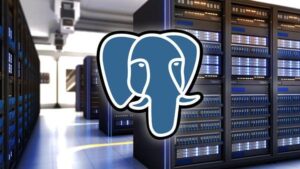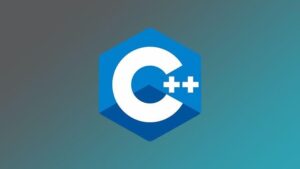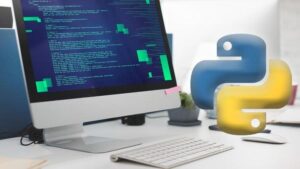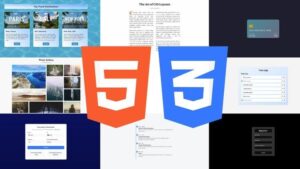Join Our Groups for Daily 100% off coupons
Deep Learning Prerequisites: Linear Regression in Python
Data science: Learn linear regression from scratch and build your own working program in Python for data analysis.
Bestseller
5/5
4.5 (4,317 ratings)
25,238 students enrolled
Discount 95% off
What you'll learn
1. Derive and solve a linear regression model, and apply it appropriately to data science problems
2. Program your own version of a linear regression model in Python
!!! External links may contain affiliate links, meaning we get a commission if you decide to make a purchase. READ OUR DISCLOSURE
₹9,600
95% off
Discount 95% off
This course includes
- 6.5 hours on-demand video
- Full lifetime access
- Access on mobile and TV
- Certificate of Completion
Requirements
1. How to take a derivative using calculus
2. Basic Python programming
3. For the advanced section of the course, you will need to know probability
Description
This course teaches you about one popular technique used in machine learning, data science and statistics: linear regression. We cover the theory from the ground up: derivation of the solution, and applications to real-world problems. We show you how one might code their own linear regression module in Python.
Linear regression is the simplest machine learning model you can learn, yet there is so much depth that you’ll be returning to it for years to come. That’s why it’s a great introductory course if you’re interested in taking your first steps in the fields of:
deep learning
machine learning
data science
statistics
In the first section, I will show you how to use 1-D linear regression to prove that Moore’s Law is true.
What’s that you say? Moore’s Law is not linear?
You are correct! I will show you how linear regression can still be applied.
In the next section, we will extend 1-D linear regression to any-dimensional linear regression – in other words, how to create a machine learning model that can learn from multiple inputs.
We will apply multi-dimensional linear regression to predicting a patient’s systolic blood pressure given their age and weight.
Finally, we will discuss some practical machine learning issues that you want to be mindful of when you perform data analysis, such as generalization, overfitting, train-test splits, and so on.
This course does not require any external materials. Everything needed (Python, and some Python libraries) can be obtained for FREE.
If you are a programmer and you want to enhance your coding abilities by learning about data science, then this course is for you. If you have a technical or mathematical background, and you want to know how to apply your skills as a software engineer or “hacker”, this course may be useful.
This course focuses on “how to build and understand“, not just “how to use”. Anyone can learn to use an API in 15 minutes after reading some documentation. It’s not about “remembering facts”, it’s about “seeing for yourself” via experimentation. It will teach you how to visualize what’s happening in the model internally. If you want more than just a superficial look at machine learning models, this course is for you.
Suggested Prerequisites:
calculus (taking derivatives)
matrix arithmetic
probability
Python coding: if/else, loops, lists, dicts, sets
Numpy coding: matrix and vector operations, loading a CSV file
TIPS (for getting through the course):
Watch it at 2x.
Take handwritten notes. This will drastically increase your ability to retain the information.
Write down the equations. If you don’t, I guarantee it will just look like gibberish.
Ask lots of questions on the discussion board. The more the better!
Realize that most exercises will take you days or weeks to complete.
Write code yourself, don’t just sit there and look at my code.
WHAT ORDER SHOULD I TAKE YOUR COURSES IN?:
Check out the lecture “What order should I take your courses in?” (available in the Appendix of any of my courses, including the free Numpy course)
100% OFF Courses
Best Seller Courses
EDITOR PICKS
© Copyright 2024 GeeksGod - All Rights Reserved




















